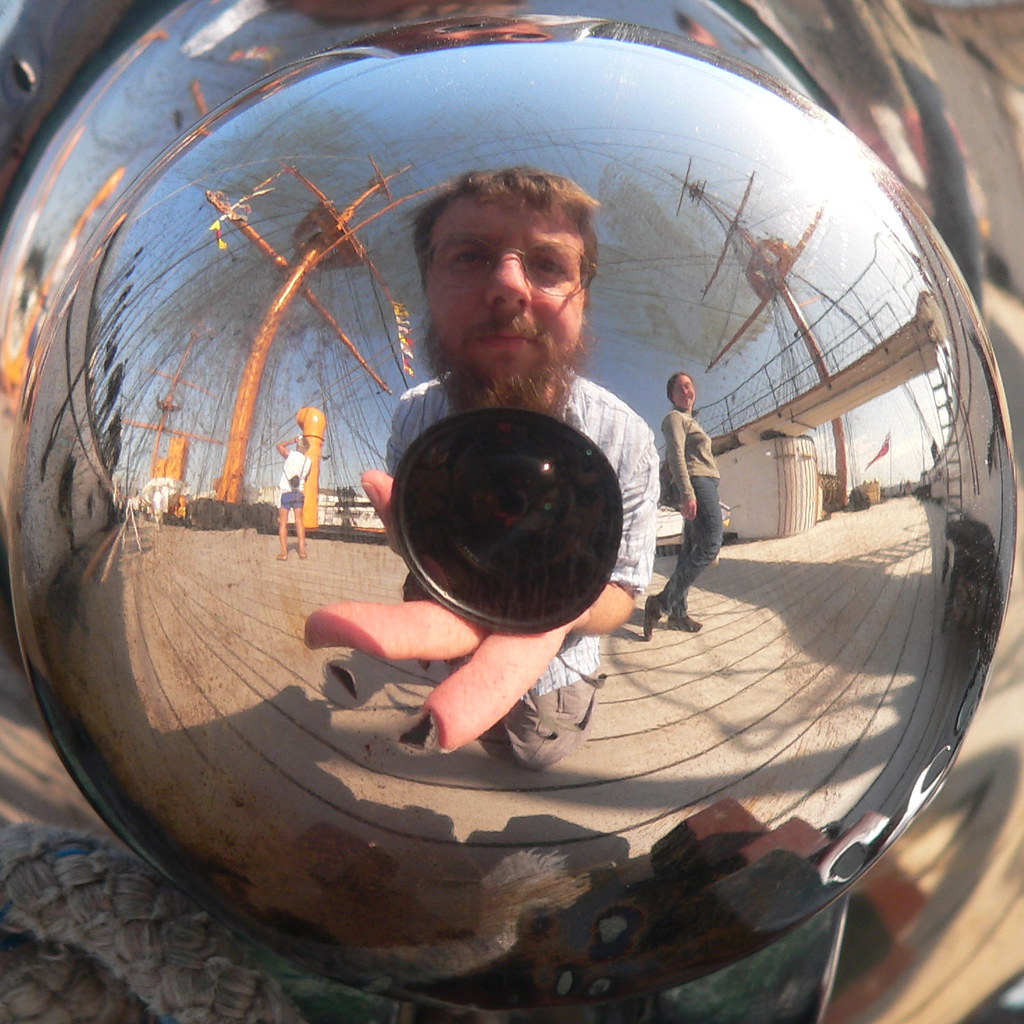I tired to think about how to reduce the weight up top but make it sturdy lower down to prevent the structure from buckling. Again I was limited to an 8 1/2" base. At first I tried a dense core of two tetrahedon stacks superimposed on each other (rotatred 180 degrees) with a wide base.
Then I stacked a less dense, light weight, frame over this base and extending much higher.
I like the patterns it makes when you look through these kinds of structures.
However, it wasn't completely stable and the « head » slumped to the side and fell off a few hours later leaving the height at 18".
So I tried a different strategy. Warren trusses are very stable in one plane. So I tried coming up with a three-dimensional generalization of a warren truss. This is certainly possible but not easy to do when the edges are all the same length (toothpicks) and the vertices (gumdrops) must come at the ends of the toothpicks. In other words tetrahedrons don't stack in a straight line.
Above are some examples I used to try to visually think through this. In the lower center is a tetrahedron. To the left is a icosahedron that arises from packing tetrahedrons together. To the right is a warren truss in two planes, but they result in weaker square links to each other along the remaining edge.
Then I thought about the fact that, given the same weight and material, hollow tubes are stronger than solid rods. (If you drilled half of the volume out of the center of a rod to make a hollow tube you loose half the weight but not half the strength.) So I tried wrapping a warren truss around in a cylinder and stacking the cylinders. It quickly became apparent however that I needed to brace each layer from the center to prevent the cylinder from deforming. I did this with a single chain of gumdrop toothpicks that do not provide any support in vertical planes, only in the horizontal plane.
This approach gave a nice dual spiral pattern around the outside of the cylinder. I managed to build it to a stable height of 16", which was only 2" lower than my previous attempt but it used a lot less material (and also the gum drops had been reused several times and were about to fall apart anyway). Perhaps a combination of the two approaches would work even better, a dense core at the base and a « warren tube » extending up from that?









No comments:
Post a Comment